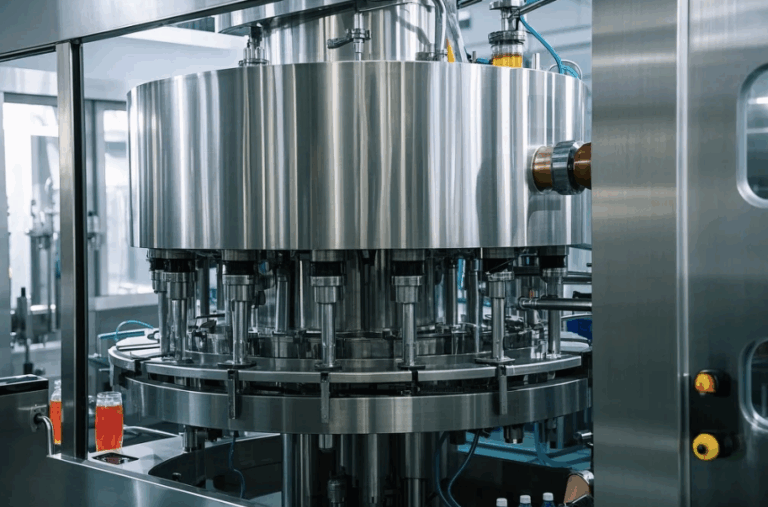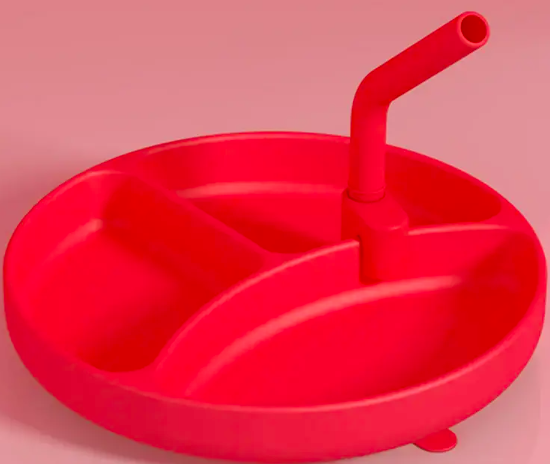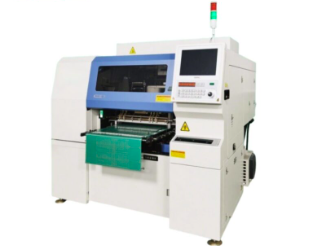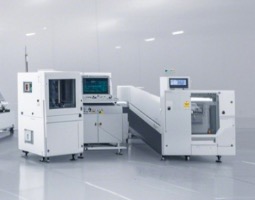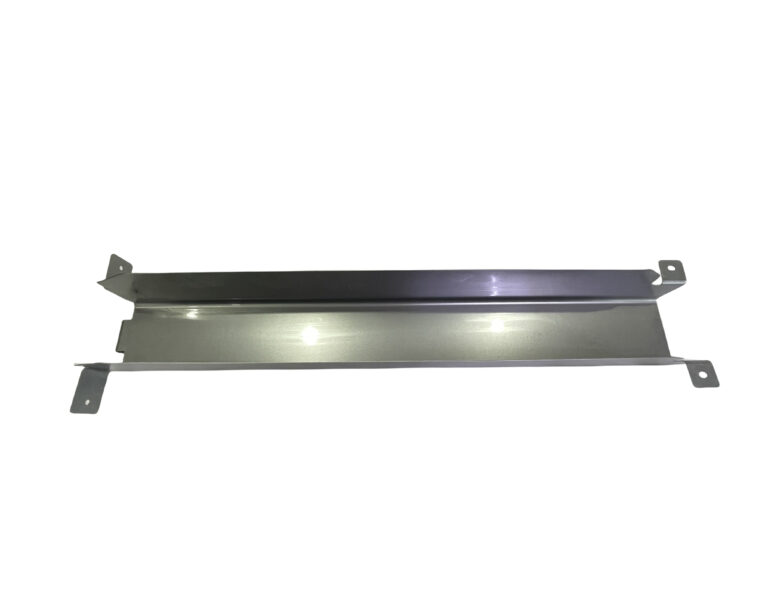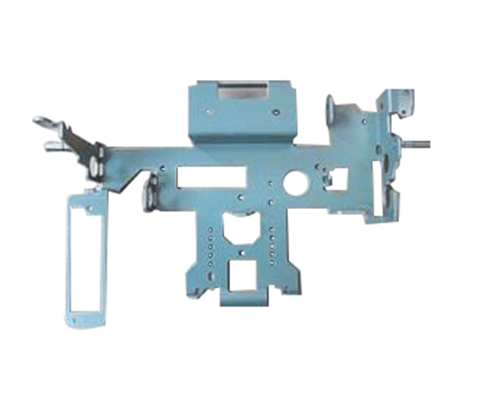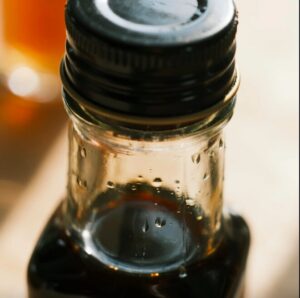Table of Contents
In the ever-evolving world of electronics, selecting the optimal Printed Circuit Board (PCB) assembly technique is crucial for both performance and cost-effectiveness. Two prominent contenders in this arena are through hole PCB (THT) and Surface-Mount Technology (SMT). Choosing between these two methods can seem daunting at first glance. However, understanding their core differences empowers you to make an informed decision.

Through Hole PCB:
Through-hole PCBs, also known as “through-hole technology” (THT), are a well-established manufacturing method. They feature components with leads that are inserted through pre-drilled holes in the PCB. These leads are then soldered to the pads on the opposite side, creating a strong and secure electrical connection.
Advantages of Through-Hole PCBs:
- Durability and Mechanical Strength: The leads and soldered connections of through-hole PCBs offer exceptional mechanical strength, making them ideal for applications experiencing physical stress or vibrations. This is particularly relevant for industrial equipment, robotics, and automotive applications.
- Accommodates Larger Components: Through-hole PCBs can easily integrate larger and heavier components, such as power connectors, transformers, and heat sinks. This flexibility proves advantageous in projects requiring robust components.
- Easier Rework and Repair: Due to the accessibility of components on both sides of the board, through hole PCB is easier to rework or repair in case of any malfunctions. This can be beneficial for the prototyping and development stages.
Disadvantages of Through Hole PCB:
- Larger Footprint: Compared to SMT, through hole PCB requires more space to accommodate the component leads and solder joints. This can be a limiting factor for compact electronic devices.
- Slower Assembly Process: The process of inserting components, drilling holes, and soldering leads can be more time-consuming compared to SMT, potentially impacting production speed and cost.
- Higher Cost: Due to the more labor-intensive assembly process, through hole PCBs can be slightly more expensive than SMT for high-volume production.
Surface-Mount Technology (SMT):
Surface-Mount Technology (SMT) is a modern approach to PCB assembly. In SMT, electronic components with flat, metallic leads are directly soldered onto the surface of the PCB using a solder paste and reflow oven.
Advantages of SMT:
- Miniaturization: SMT allows for significant space reduction compared to through hole PCBs. This paves the way for smaller and lighter electronic devices, a key factor in today’s world of mobile technology and wearables.
- Faster Assembly: The automated process of SMT enables faster production times, especially for high-volume orders, leading to cost-efficiency.
- Higher Component Density: More components can be packed onto an SMT PCB, allowing for more complex circuitry within a smaller footprint.
Disadvantages of SMT:
- Reduced Mechanical Strength: The solder joints in SMT are typically weaker than those found in through hole PCB. This makes them less suitable for applications with high levels of vibration or shock.
- Limited Rework and Repair: Due to the smaller components and denser layout, SMT PCBs can be more challenging and time-consuming to rework or repair.
- Not ideal for Larger Components: SMT may not be suitable for large and heavy components due to potential issues with solder joint strength and heat dissipation.
About LHD Tech
At LHD Tech, we understand that selecting the optimal PCB assembly technique is vital for your project’s success. Our team of experienced engineers can help you navigate this decision by considering your specific needs and requirements. We offer advanced capabilities for both through-hole PCB and SMT assembly, ensuring high-quality production regardless of your chosen method.
0


